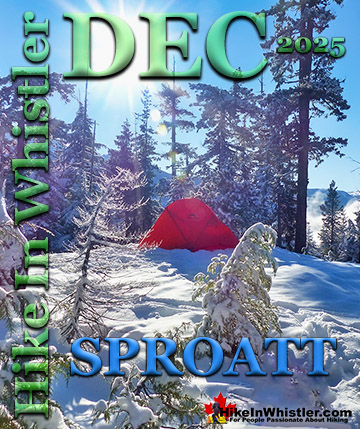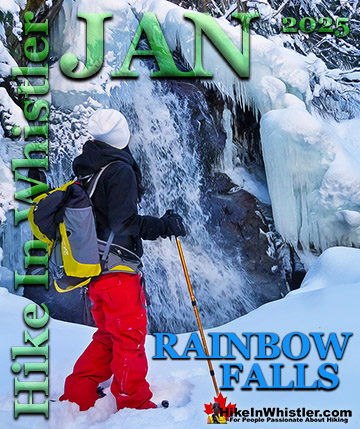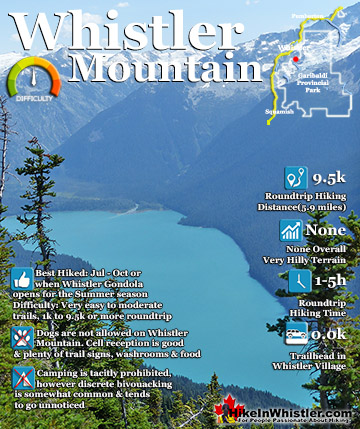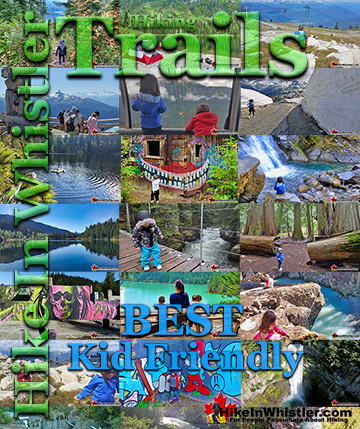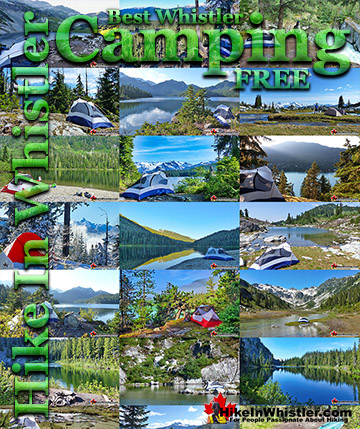
![]() Hiking in Whistler in October is often unexpectedly stunning. The days are much shorter and colder but the mountains are alive with colour from the fall leaves. On the higher elevations there is often a dusting of snow that makes everything look amazing. Picking a full moon evening to hike in a place like Joffre Lakes, Russet Lake or Wedgemount Lake makes for an incredible night in the mountains.
Hiking in Whistler in October is often unexpectedly stunning. The days are much shorter and colder but the mountains are alive with colour from the fall leaves. On the higher elevations there is often a dusting of snow that makes everything look amazing. Picking a full moon evening to hike in a place like Joffre Lakes, Russet Lake or Wedgemount Lake makes for an incredible night in the mountains.


